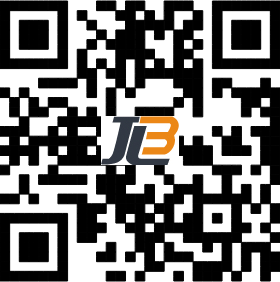JL3 Full-Series Packaging Solutions Drive Business Upgrades As the packaging industry moves towards intelligence and sustainable development, JL3, with its diversified product portfolio and innovative technology, provides global enterprises with a complete solution ranging from industrial specialty tapes to eco-friendly carton sealing tapes and fully automated packaging systems. This article will give you an in-depth understanding of JL3’s core products and their technological highlights. Core Products: Covering All-Scenario Packaging Needs 1.Water-Activated Tape (WAT): The Perfect Combination of Environmental Protection and Strength JL3's water-activated tape (WAT) series uses kraft paper as the base material, starch adhesive as the bonding agent, and fiberglass yarn or degradable plant fiber yarn as reinforcement materials, balancing environmental friendliness with tensile strength. It is suitable for high-demand industries such as e-commerce, food, and pharmaceuticals. Plant Fiber Yarn: JLN-39140 Series: Uses kraft paper as the base material, starch adhesive as the bonding agent, and plant fiber yarn for reinforcement. It is 100% biodegradable and recyclable, making it ideal for lightweight packaging needs. JLN-39160 Series: Uses kraft paper as the base material, starch adhesive as the bonding agent, and plant fiber yarn for reinforcement. It is 100% biodegradable and recyclable, suitable for medium-weight packaging needs. Fiberglass Yarn: JLN-8150 Series: Uses kraft paper as the base material, starch adhesive as the bonding agent, and fiberglass yarn for reinforcement, specifically designed for lightweight logistics. JLN-8160 Series: Uses kraft paper as the base material, starch adhesive as the bonding agent, and fiberglass yarn for reinforcement, designed for medium-weight logistics sealing. Non-Reinforced Kraft Paper Tape: JLN-870: Uses kraft paper as the base material and starch adhesive as the bonding agent, without yarn reinforcement, suitable for lightweight carton sealing. JLN-8100: Uses kraft paper as the base material and starch adhesive as the bonding agent, without yarn reinforcement, suitable for medium-weight carton sealing. Technological Highlights: Starch-based adhesive that activates upon contact with water, tightly bonding with cardboard fibers, offering moisture resistance and tensile strength. Once sealed, the box cannot be tampered with without leaving traces, effectively preventing theft. A single strip of tape can complete top sealing, reducing material waste and saving costs for businesses. 2.Fiber Tape: Industrial-Grade Strapping and Fixing For strapping needs in steel pipes, building materials, home appliances, and packaging, JL3's unidirectional and bidirectional fiber tapes provide excellent performance: JLT-602 Series: Suitable for light strapping and carton sealing needs, maintaining good tensile performance. JLT-607A Series: Clean removable design, suitable for furniture and appliance surface protection, le...
Learn More English
English Deutsch
Deutsch español
español العربية
العربية 中文
中文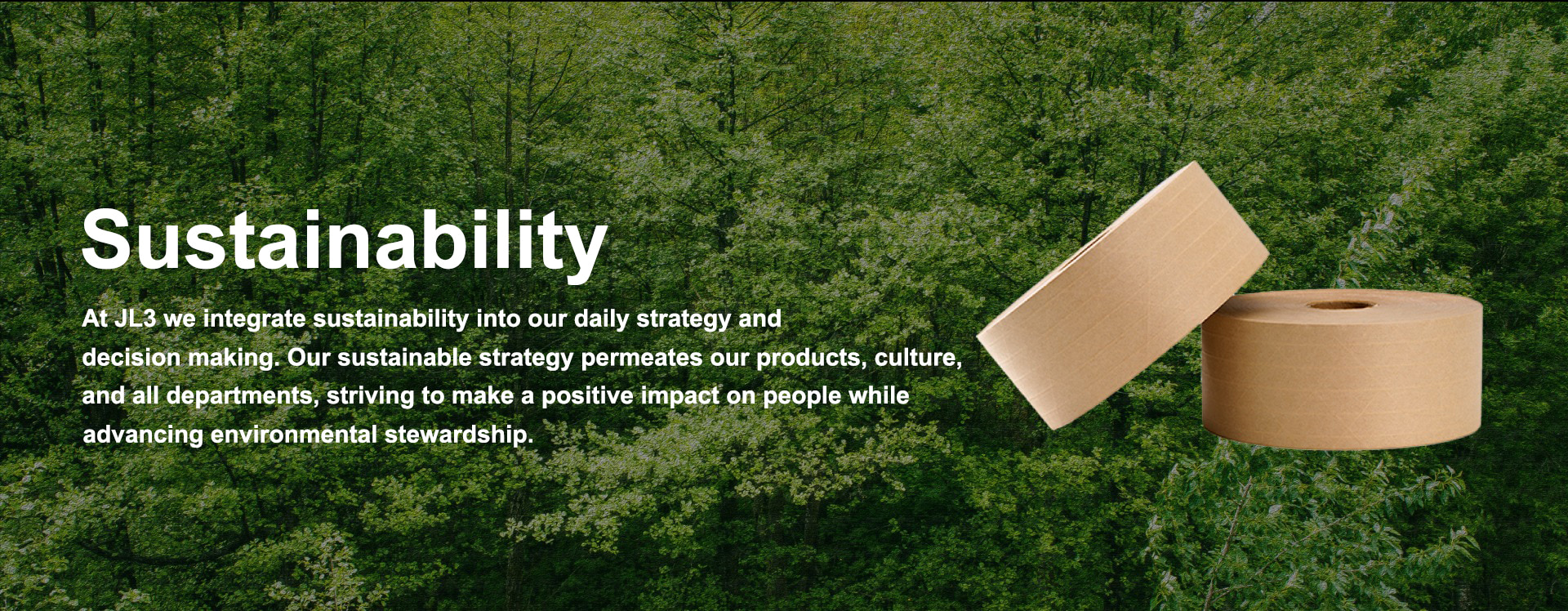
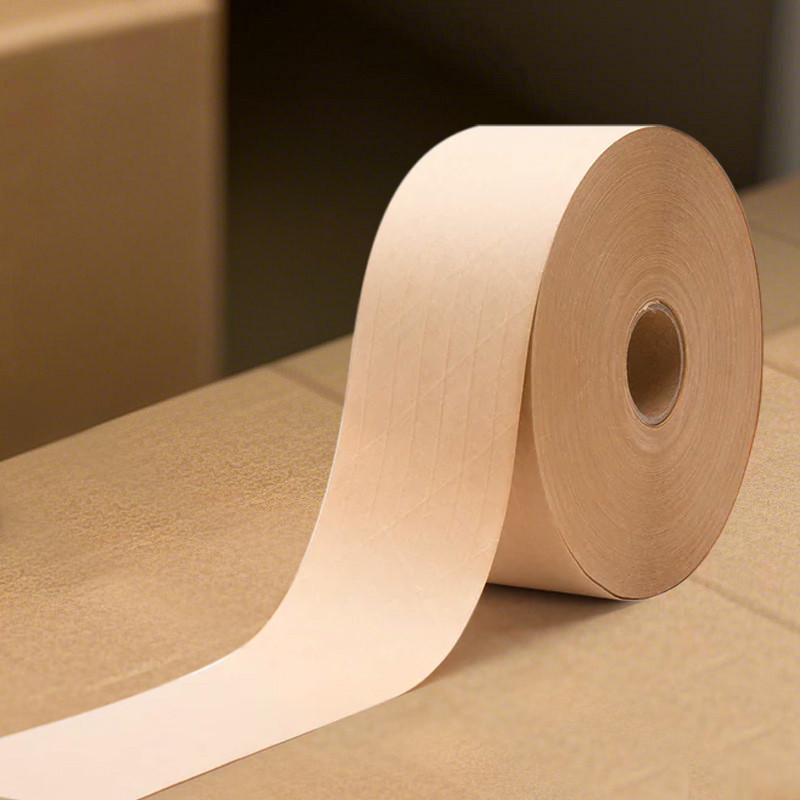
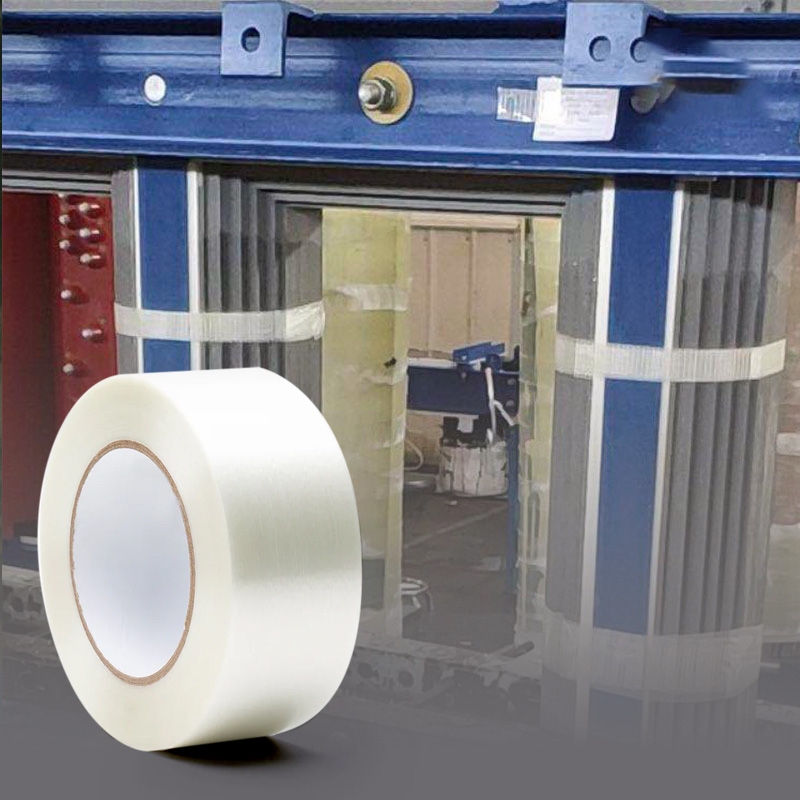
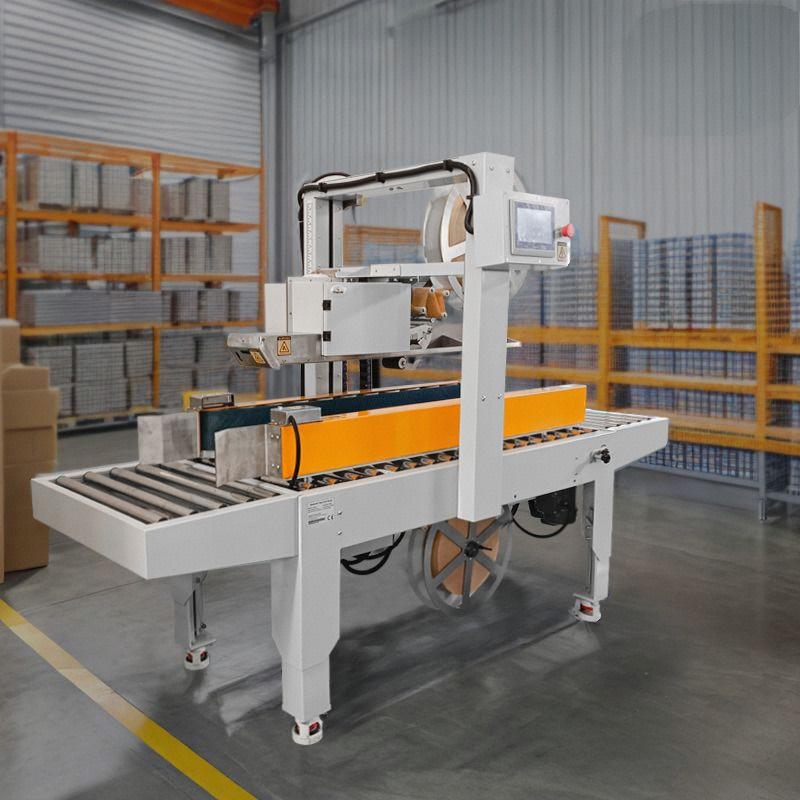
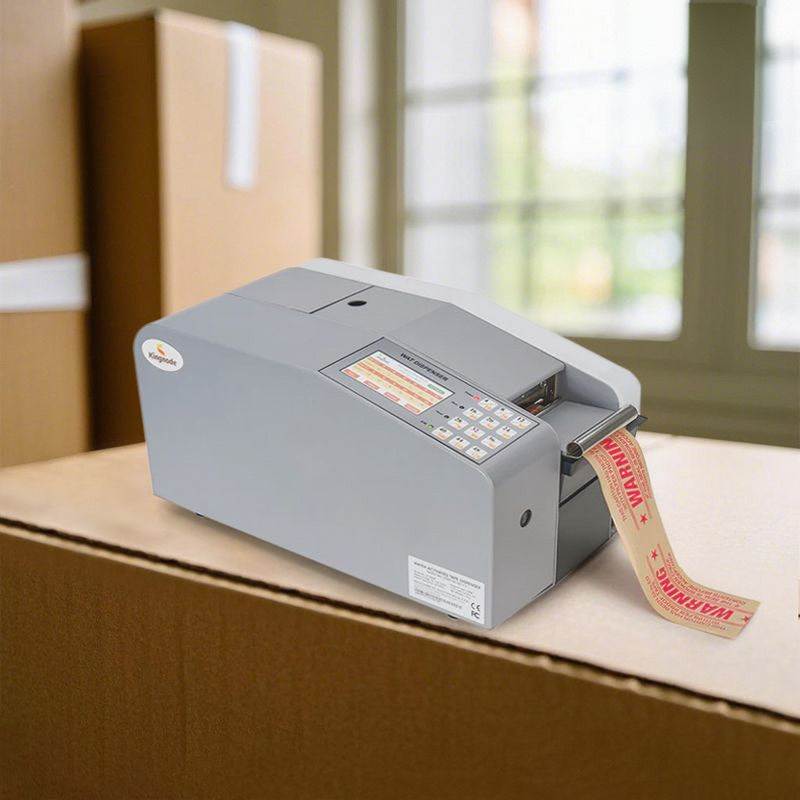
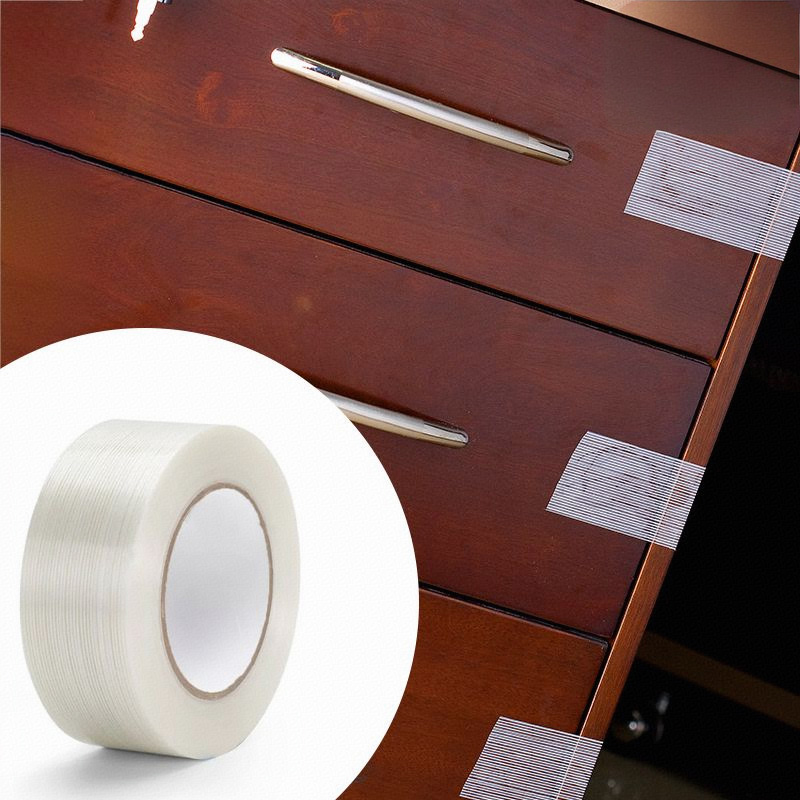
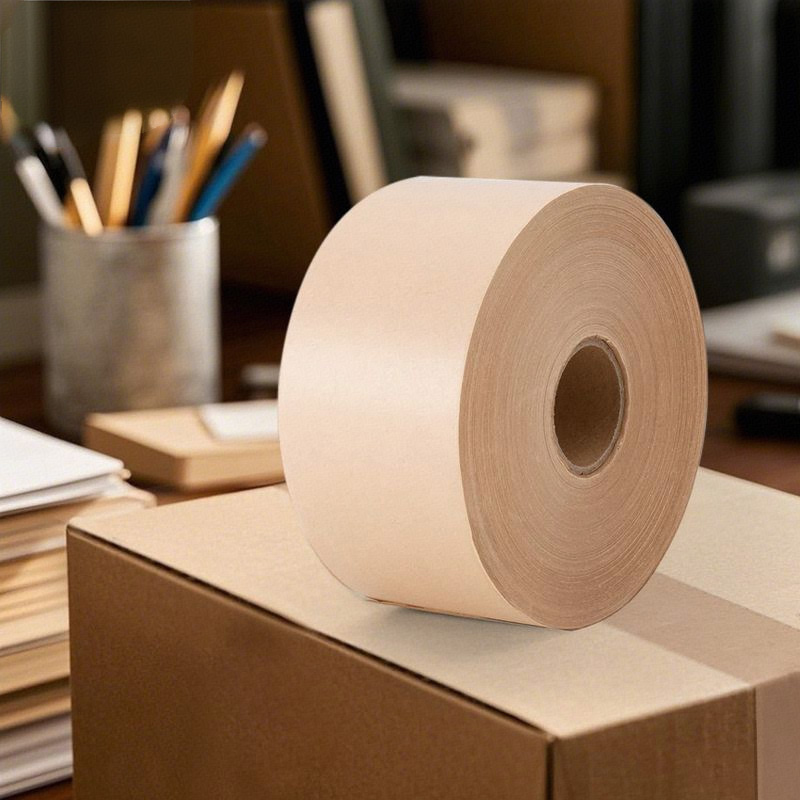




 IPv6 network supported
IPv6 network supported